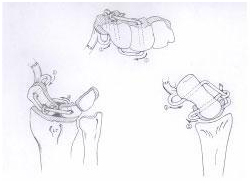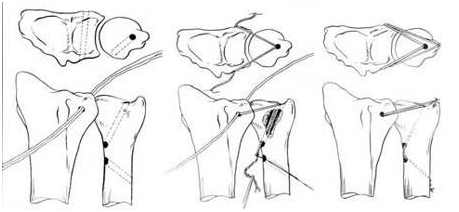Wrist Pain and Injuries
What is it?
The wrist is composed of many joints and it is this very complex multi-jointed configuration that allows the wrist the kind of movement that we enjoy in our daily activities. This advantage, unfortunately also predisposes the joint to injuries and arthritis. The two most common causes of chronic wrist pain are:
- Scapholunate instability
- Distal radial ulnar joint instability
Wrist Sprains
A wrist sprain is an injury to a ligament. Ligaments are the connective tissues that connect bones to bones; they could be thought of as the tape that holds the bones together at a joint. These types of injuries are common in falls and sports. The wrist is usually bent backwards when the hand hits the ground. After injury, the wrist will usually swell and may show bruising. It is usually very painful but the pain may subside, giving the false impression that the injury is minor. It is very important to have it checked by a medical professional, even if the pain has totally subsided. If you have medical insurance, such a check-up should not even cost you much. What will cost you, is if you leave it unseen to.
Scapholunate Ligament Reconstruction with a Tendon Graft

The most common ligament to be injured in the wrist is the scapholunate ligament. It is the ligament between two small bones in the wrist, the scaphoid bone and the lunate bone. Disruption of the ligament results in scapholunate instability. In the late stages, a gap forms between the scaphoid and lunate bone.
Symptoms of scapholunate instability include pain, stiffness and swelling. These may be first treated with splinting and non-steroidal anti-inflammatory medicines, and later with injections. If these treatments fail, surgery may be an option. In the non-arthritic stage, ligament reconstruction is surgery of choice. In the arthritic stage, a partial wrist fusion, removal of arthritic bones (“proximal row carpectomy”), wrist replacement, or complete wrist fusion are the only options.
At CHARMS we reconstruct scapholunate instability with a tendon graft.
Distal Radial Ulnar Joint Instability

This condition can be treated with wrist splinting and rest. Strengthening of the muscles that support this joint may stabilize the instability in severe cases, the ligament reconstructive may be a good option.
